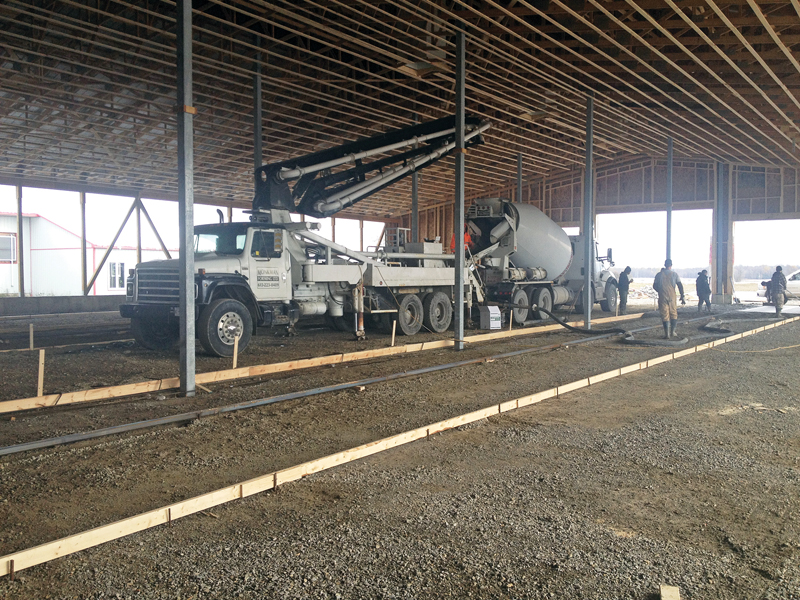by Donald R. Good, P.Ag.
AgriNews Staff Writer
Over the years I have been involved in a fair number of farm building construction projects that have run into difficulty and engaged the old Construction Lien Act. This is a very complicated piece of legislation and compliance is never easy. Recently the Government of Ontario has amended the legislation and renamed it the Construction Act. This article will deal with the amendments that came into effect last July 1, 2018. In October of this year, some new regimes will be brought into effect but I will leave those new concepts for another article.
There are no exemptions or special provisions in the Construction Act for farm buildings. Failure to follow the complex provisions can get you into a lot of trouble. Projects that came into existence prior to July 1, 2018 are grandfathered and governed by the old Construction Lien Act. A project will be considered existing if there is a signed contract or even if a tender for the project is issued before July 1, 2018.
The key components of the new Act are the lien, holdback, request for information and breach of trust. The Construction Act applies to any “improvement” of a property which usually means building something on the property or significant changes to the property that increases its value. The installation of tile drainage would be an improvement to the farm. With respect to the farm sector, the most common improvement will be building a new barn or farm building. In the following example, a farmer decides to construct a new dairy barn. In the usual case, the farmer will retain a general contractor to build the barn. The general contractor will do some of the work and subcontract for specialized work and suppliers of equipment. Specialized work could include pouring concrete or specialized ventilation and equipment might be robotic milking machines.
Each person or firm that contributes to the improvement or project acquires lien rights against the property. A lien must be registered against the property within 60 days of completing the work or termination of the contract to provide the improvement. The lien must be perfected by commencing a lawsuit within 90 days. Compliance with these deadlines is strict or the lien is lost. A farmer can remove the lien by paying adequate funds into court or posting security.
The Construction Act also establishes a system of holdbacks that applies to each payer in the chain of command. Each payer holds back 10 per cent of the contract amount for the entities down the line. The holdback can only be released after the end of the lien period and no liens have been filed. This is a significant simplification of the holdback system.
The new Construction Act now provides the right of lien holders and other parties the right to obtain certain information, including the names of the parties to the contract, the date on which the contract was entered into and the date on which any applicable procurement process was commenced, the contract price, the state of accounts between the owner and the contractor, a copy of any labour and material payment bond in respect of the contract posted by the contractor with the owner, and a statement of whether the contract provides that payment under the contract shall be based on the completion of specified phases or the reaching of other milestones in its completion.
Part II of the Construction Act establishes a trust regime whereby each party receiving funds for the purposes of the construction of the improvement holds the funds in trust for the parties following in the chain of command. For example, the owner of the land who receives funds to improvements holds the funds received in trust for the vendor and contractors making the improvements. Similar trusts apply along the chain of command. Failure to comply with these trusts provisions can create serious liability and great care should be taken not to run afoul of these provisions.
As stated above, the Construction Act is a very complex piece of legislation and the new amendments make a number of improvements but do not significantly reduce the complexity. In addition to the complex rules and requirements set out in the Act, there is an extensive body of case law established by the courts that have interpreted these provisions over the years. Some of these cases will now need to be reviewed in light of the legislative changes.
This article is intended only as a primer and should not be considered legal advice on any particular farm project. The farm press is full of “barn openings” and there is a lot of construction going on in the farm sector. It is important that each farmer recognizes that this Act exists and must be complied with. The best means of doing that is to retain competent legal counsel as soon as you start planning the project. In this case, an ounce of prevention is worth many pounds of cure.













